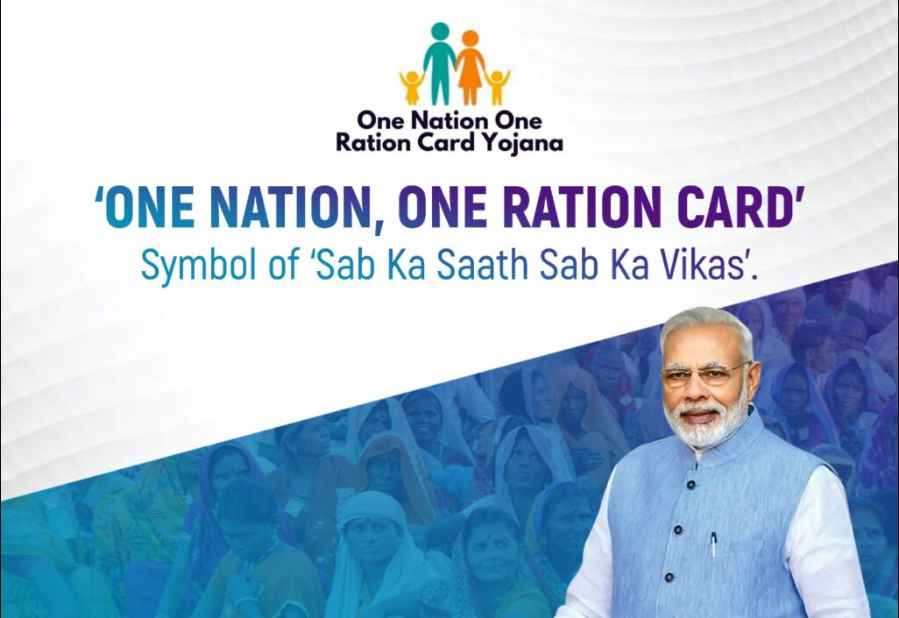The social welfare and social security programs for Indian people are financed either by the federal government, the state governments, or both. Schemes that are wholly supported by the federal government are known as “central sector plans” (CS), while schemes that are mostly funded by the federal government, but executed by the states are known as “centrally sponsored schemes.” These projects are a big part of the solution to a number of social and economic problems in India, so every concerned citizen should know about them.
The Finance Minister of India delivered the Union Budget 2021-22 and made fresh announcements on government programs in India on February 1, 2021. Under the PM Garib Kalyan Yojana, a Rs 1.70 lakh crore assistance package was announced in 2020 to address the financial challenges caused by the COVID-19 epidemic. This year, the government has announced the Rs. 27,100,000,000 Aatmanirbhar packages to combat the effects of the coronavirus.
The goals of government Schemes
In executing these programs, the state or the central government has the well-being of the Indian people in mind.
However, the objective of a particular program varies depending on the regulating organization. Since centrally-sponsored programs are often implemented by the appropriate state, the goals will correspond with the 5-year plan of the state.
In the same way, national goals are handled by central programs, which, depending on their scope, may give rise to a number of sub-programs.
To determine the genuine purpose of any particular program, you must perform your own investigation by visiting official government websites. The mission statement should provide a clear picture of the scheme's intended outcomes.
How can portability's visibility be increased?
While the majority of families polled throughout the research states were aware of portability (48% were totally aware and 31% were slightly aware), a substantial percentage, particularly in the state of Jharkhand, was eager to test it but were unaware of it.
We realized that raising awareness through local news media and PDS dealers, where a large number of people get their news, could help about 880,000 homes in the research states.
There are several Indian government programs listed below. Advantages, critical elements, accomplishments, and more.
- Ayushman Bharat Abhiyaan Yojana Atal Pension Amanirbhar Bharat Abhiyaan YojanaBharat
- Beti Bachao, Beti Padhao, Bhartiya Janaushadhi Pariyojana
- Fasal of Digital IndiaBima Yojana
- Garib Kalyan Yojana.
- The Gold Investment Scheme
- The Jan Dhan Yojana
- Jeevanjyoti Bima Yojana
- The Kaushal Vikas Yojana
- Kisan Vikas Patra Krishi Sinchayee Yojana
- Matsya Sampada Yojana (PMAY) Pradhan Mantri Awaas Yojana
- “Poshan Mission Mission Yojana Shaktis Mudra
- Mission Assistance to India for Smart Cities National Water Mission
- Mission to Clean India
- Ujala Yojana
- Ujjwala Ujwal Yojana Discom Guarantee Scheme
The Stand Up India Initiative
The Indian government announced the Stand Up India initiative on April 5, 2016.
The Scheme supports bank loans between Rs. 10 lakh and Rs. 1 crore for the establishment of greenfield companies for at least one Scheduled Caste/Schedule Tribe borrower and at least one woman borrower per bank branch.
The initiative is implemented by all scheduled commercial banks and is expected to help at least 2.5 million borrowers. The program is operating, and commercial banks around the nation are extending loans.
Garib Kalyan Rojgar Abhiyaan
Following the coronavirus outbreak, a 12-ministry and 6-state employment push for the underprivileged was launched. It was launched on June 20, 2020, and concluded on October 22, 2020.
The Atal Bhujal Yojana
Atal Bhujal Yojana is a program financed (50:50) by the World Bank to promote groundwater management with an emphasis on panchayats.
A budget of 6,000 crores (US $700 million) is being proposed for implementation in seven states between 2020 and 2025.
National Career Service
The purpose of this initiative is to assist deserving job-seekers in getting employment.
Under this initiative, the National Career Service portal, an online job portal, has been established to serve as a shared platform for job-seekers, employers, skill suppliers, government offices, placement organizations, and counselors.
One Nation, One Card Initiative
The government introduced the One Nation, One Ration Card to allow all qualified ration cards or beneficiaries covered by the National Food Security Act (NFSA) of 2013 to access their benefits from any location in India. A monthly allocation of 5 kilos of food grain per person is given to poor families. The Advantages of a Single Ration Card for the Nation
Before the One Nation, One Ration Card system was put in place, people with ration cards could only buy subsidized food grains at the FPS for their neighborhood.
The One Nation, One Ration Card enables all NFSA beneficiaries and ration cardholders, including migrant NFSA beneficiaries and ration cardholders, to claim entire or partial food grains from any FPS located anywhere in the nation using an existing ration card with biometric or Aadhaar identification.The Advancement of One Nation, One Ration Card
National implementation of the One Nation, One Ration Card program was previously planned for June 1, 2020.
On August 1, 2020, the provision of nationwide mobility of ration cards was allowed in an integrated cluster of 24 States/UTs serving about 65 crore beneficiaries (80% of the total NFSA population) in these States/UTs under the One Nation One Ration Card scheme.
How to service underserved populations, including marginalized women and other vulnerable groups
Our analysis suggests making the program more inclusive by focusing on the particular documentation issues experienced by widowed, separated, or divorced women and other vulnerable low-income populations.
0





